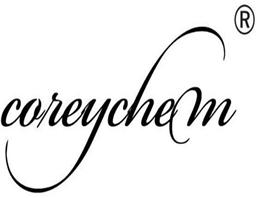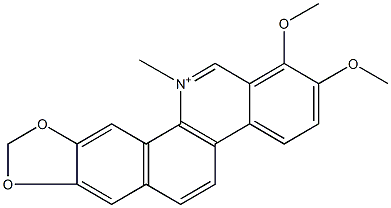| Description |
Chelerythrine chloride is the chloride form of Chelerythrine chloride which is a benzophenanthridine alkaloid isolated from the plant Chelidonium majus (greater celandine). It is a kind of potent, selective, and cell-permeable protein kinase C inhibitor, an efficient antagonist of G-protein-coupled CB1 receptors, and an independent activator of MAPK pathways. It has a wide range of biological activities including antiplatelet, anti-inflammatory, antibacterial and antitumor effects. It has reported of that it is capable of inducing apoptosis in HL-60 human promyelocytic leukemia cells and several other cancer cell lines. The underlying mechanism is through its effects of inhibiting the binding of BclXL to Bax or Bad. |
| References |
https://en.wikipedia.org/wiki/Chelerythrine
https://www.scbt.com/scbt/product/chelerythrine-chloride-3895-92-9
https://www.tocris.com/dispprod.php?ItemId=2342#.WQmZVVNsgZQ |
| Definition |
ChEBI: A benzophenanthridine alkaloid isolated from the root of Zanthoxylum simulans, Chelidonium majus L., and other Papaveraceae. |
| Biological Activity |
Potent, cell-permeable inhibitor of protein kinase C (IC 50 = 660 nM); competitive with respect to the phosphate acceptor and non-competitive with respect to ATP. Has a wide range of biological activities, including antiplatelet, anti-inflammatory, antibacterial and antitumor effects. Activates MAPK pathways, independent of PKC inhibition. Inhibits binding of BclXL to Bak (IC 50 = 1.5 μ M) or Bad proteins and stimulates apoptosis. |
| Purification Methods |
Chelerythrine crystallises from CHCl3 on addition of MeOH [Manske Can J Res 21B 140 1943, UV: Hruban et al. Coll Czech Chem Commun 35 3420 1970]. The pseudo base is colourless while the salts are yellow in aqueous solution and are fluorescent. |

 China
China





